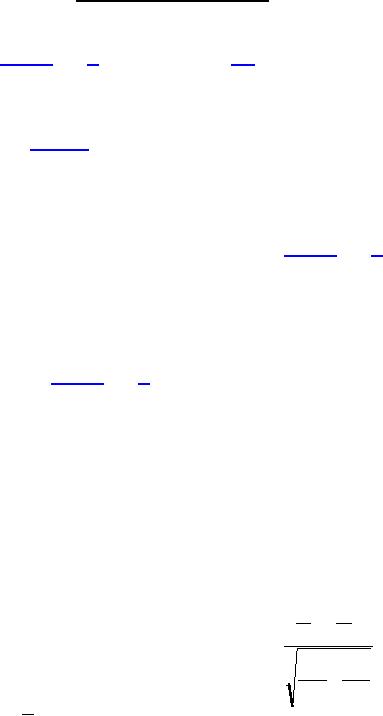
MIL-DTL-8971F
4.6.2.6 Accuracy and repeatability.
a. Electrode accuracy and repeatability characteristics shall be determined in accordance
electrodes shall be performed using a rotary electrode optical emission spectrometer, a set of
reference 19 element calibration oil standards, and a detailed testing procedure, all of which have
been approved for this purpose by the Joint Oil Analysis Program Executive Committee (JOAP-
EC) (see 4.6.2.6c). Manufacturers submitting candidate electrodes for accuracy and repeatability
testing shall provide at least 500 reference disk electrodes and 50 reference rod electrodes to
facilitate the testing of the candidate electrodes. When candidate electrodes fail to pass the
accuracy or reliability criteria for one or more elemental concentrations based on the initial test
data, the tests for those elemental concentrations shall be repeated and the new data processed in
accordance with the three steps described in tables I and II. Candidate electrodes that fail to pass
accuracy or repeatability criteria based on data from the second set of tests shall be deemed to
have failed the accuracy or repeatability requirement.
b. Statistical comparison (accuracy and repeatability): If the calculated AI or RI of a set
of candidate electrodes for a given element and concentration is greater than the tabulated limit
specified in tables I and II, the candidate electrodes may still be acceptable. The acceptability of
such electrodes is determined by statistically comparing the test results of the candidate
electrodes to those of the reference electrodes for the same element and concentration.
(1) When accuracy is in question (calculated AI is greater than tabulated AI), the test
results of the candidate and reference electrodes are compared using the t-test, also
known as the "Student t-test", which will determine whether the two data groups
overlap sufficiently. If the resultant value of the t-test is less than or equal to t-critical
on a standard t-distribution table (t-critical = 2.101), the candidate electrodes pass the
accuracy requirement specified herein. The formula for performing the t-test is as
follows:
XR -XC
t=
2
2
SR SC
+
NR NC
Where X is the mean of the test results of N number of analyses (normally 10), and S is the
standard deviation of the test results. The subscript R and C identify the variable as belonging to
the reference or candidate electrodes, respectively.
(2) When repeatability is in question (calculated RI is greater than tabulated RI), the test
results of the candidate and reference electrodes are compared using the F-test, which
will determine if the distribution of data within the two data groups is analogous. If
the resultant value of the F-test is less than or equal to F-critical on a standard F-
distribution table (F-critical = 3.18), the candidate electrodes pass the repeatability
requirement specified herein. The formula for performing the F-test is as follows:
15
For Parts Inquires submit RFQ to Parts Hangar, Inc.
© Copyright 2015 Integrated Publishing, Inc.
A Service Disabled Veteran Owned Small Business